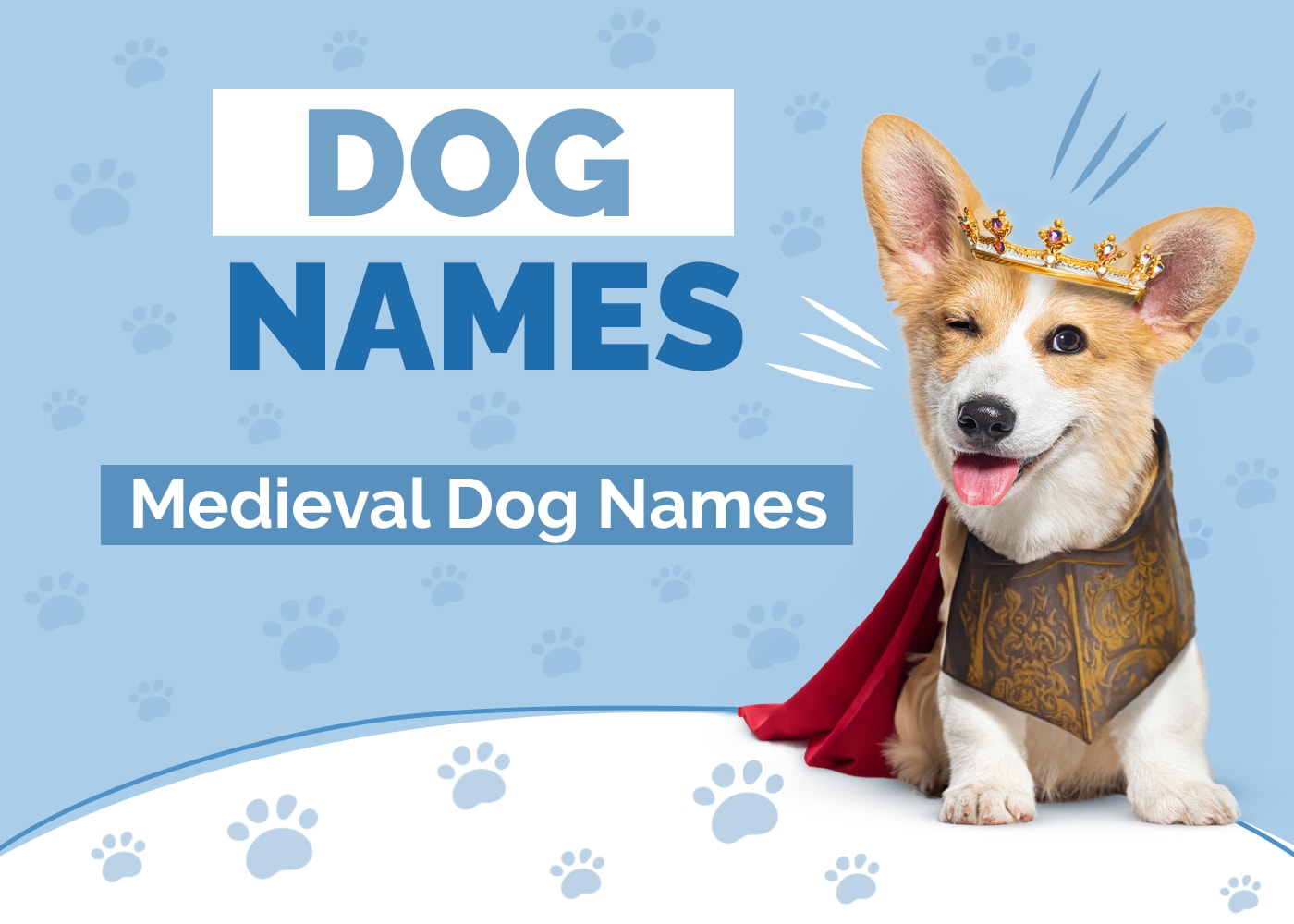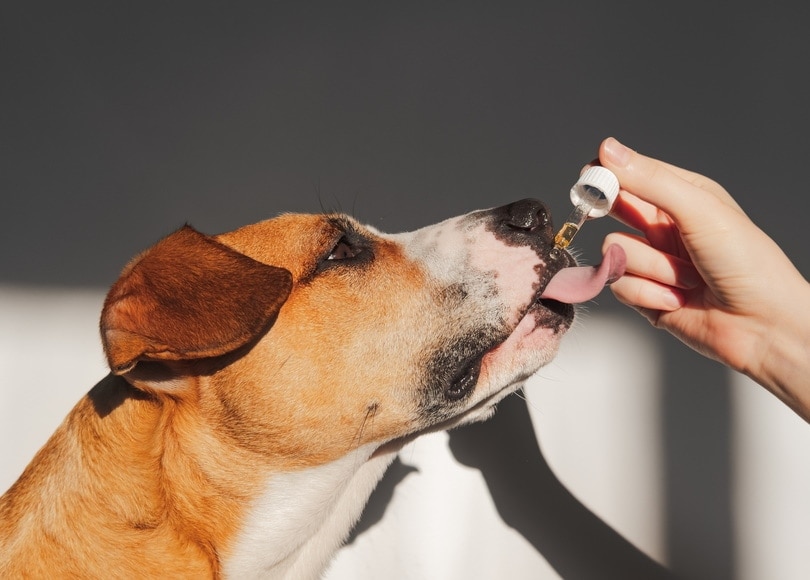How to Get a Dog to Trust You: 7 Tips &Tricks

Updated on
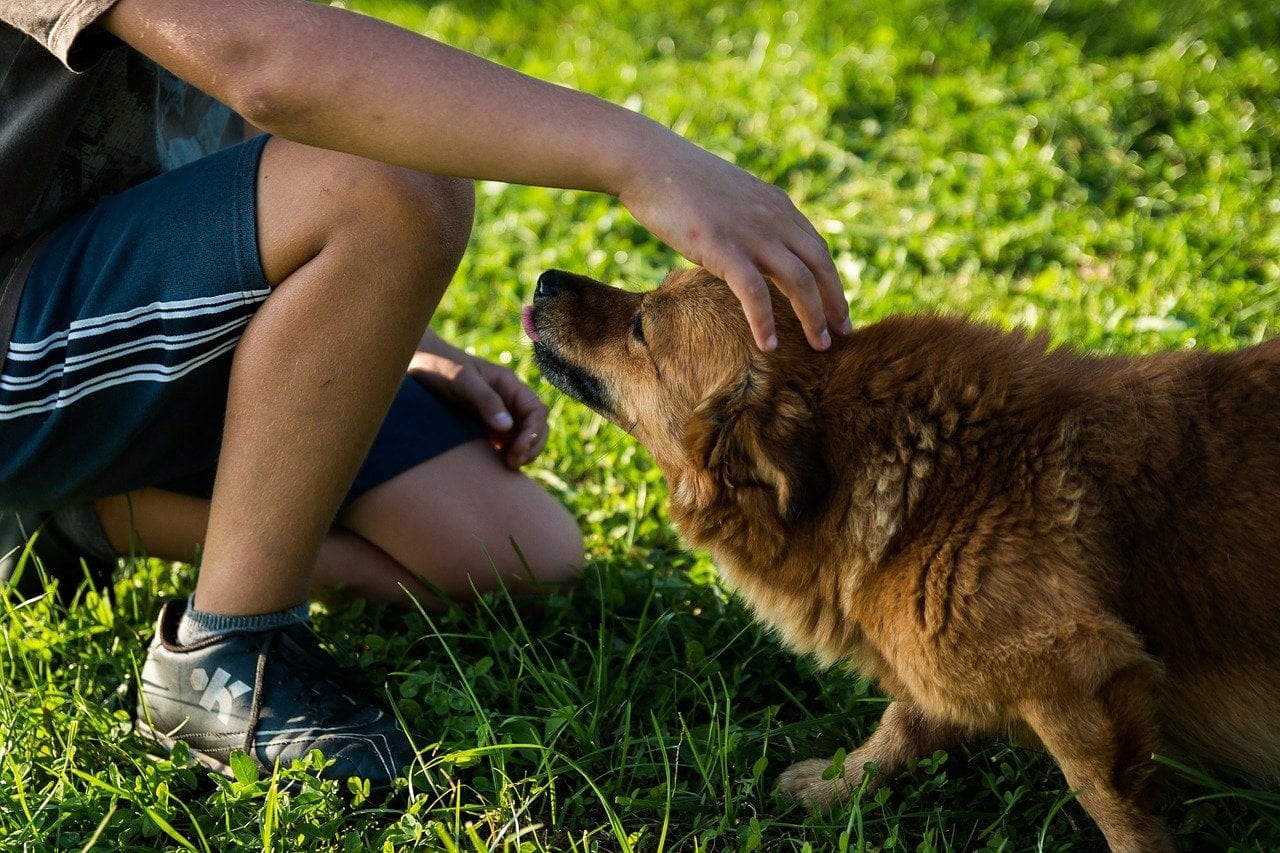
First impressions are said to last a lifetime. No one knows if this is also true for dogs, but it certainly can’t hurt to make a good impression. Whether it is your own pup that you will be meeting for the first time, or someone else’s—say you are dog-sitting, and want to start on the right foot…err…paw. Regardless, it is important to know what quick and easy steps you can take to make that first meeting a success.
Read on for seven helpful tips and tricks for getting a dog to trust you.
 The 7 Tips to Get a Dog to Trust You
The 7 Tips to Get a Dog to Trust You
1. Think Paw-sitive
Your body language is key to any relationship—with humans and canines alike. The tone of your voice, your stance, and the way you carry yourself all greatly impact how you are perceived. If you approach a dog or a person, and you have a negative frame of mind, or if you’ve already decided that the interaction won’t go well—chances are, it most likely won’t. Instead, focus on the positive aspects of the meeting—especially a first meeting with a dog, in which non-verbal communication is so critical.
What could be gained? What could you do to make the dog wag their tail? Where could you pet the dog to make them happy? Could you give them any praise that might add positive reinforcement to the meeting?
The key is to be positive and consistent—this will go a long way with gaining a dog’s trust.
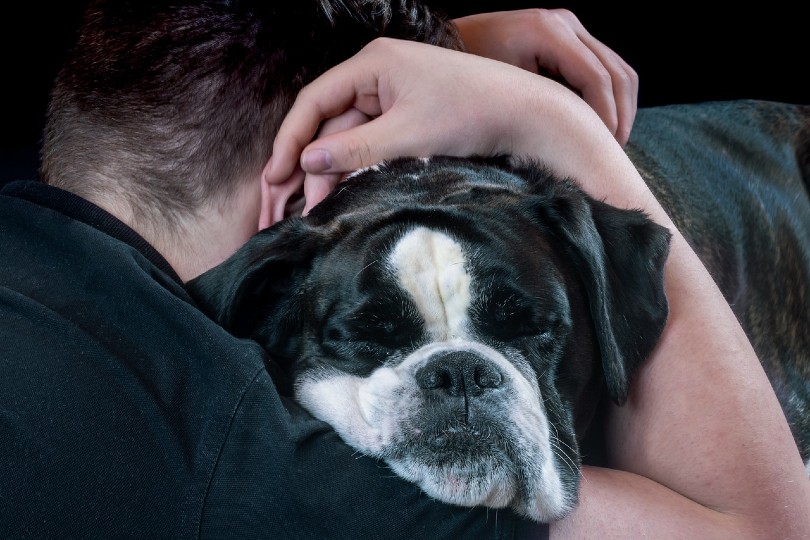
2. Don’t Rush
When trying to gain a dog’s trust, similar to having a positive mindset, don’t be in a hurry. When interacting with a dog for the first couple times, rushing the event, being flustered, or acting in a hurry may lead you to miss critical cues they give you through their body language. Similarly, gaining trust can be a slow process—and rushing it is not going to speed it up. In fact, rushing to gain a dog’s trust will likely have the opposite effect.
Instead, be calm, slow, and methodical in your interactions. If you only have a so much time to spend for that particular interaction, pick an activity that fits into the timeframe—such as giving them a treat and some praise, or giving them a brushdown in their favorite spot. Lots of small, positive interactions can be just as beneficial as longer ones. So, don’t overlook the time spent doing the small things—and especially don’t rush through them!
3. Food is Often Your Friend
Just like people, dogs can have different things that drive their motivation. However, as a whole, many dogs are very food-oriented, and therefore, very food-driven. Some of this may be due to dogs’ fantastic sense of smell, while some of it may simply be due to the yummy treats we have on offer. Regardless, if you have a food-motivated pup that you are working to gain the trust of, absolutely use food to your advantage (and theirs!).
Just remember, keep it healthy whenever possible, and use smaller portions—especially if you will be giving multiple treats in a single interaction.
- Find a fruit or vegetable that is dog safe (and that the dog likes) to use as a reward (e.g., apples, cucumbers, and watermelon are a few options).
- Consider breaking a traditional dog treat into multiple smaller, bite-sized snacks to save on calories.
- Try slightly freezing a fruit or vegetable to give it some extra zing as a treat.
- Some dogs really like texture—so something crunchy can be extra fun and rewarding for them!
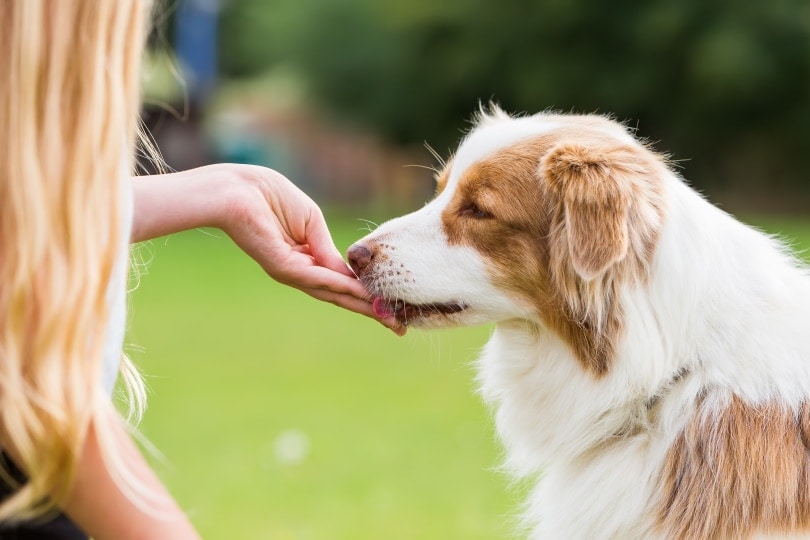
4. Choose Your Environment Wisely
If you were working to gain a person’s trust, you likely wouldn’t take them to a train station, where you would need to yell at the top of your lungs over the sound of trains, would you? The same mentality should be applied to dogs, who have very acute senses of both smell and hearing.
Find a quiet area, free from distractions and interruptions, to do your selected trust-building activity—even if it is simply some time set aside for petting or grooming. The last thing you want while building a dog’s trust, is for a stranger to suddenly come barreling up to the door to deliver a package, knocking loudly or yelling, and dropping the package in an almighty thump—scaring your pup and undoing all the good work you’ve just accomplished!
Similarly, avoid excessive smells when working closely with a dog, as their sensitive noses may be more apt to find smells offensive, which may make working with them more challenging.
5. Read Their Body Language
Reading a dog’s body language can help you better understand how to react to your actions, and how to better target your approach to gaining their trust.
For instance, if their body language repeatedly tells you that they’re uneasy when you pet their head, you should be mindful to stop petting their head until you have built a more solid relationship with them. Only when you have gained their trust, will you want to slowly acclimate them to having their head touched.
Reading a dog’s body language is key to gaining their trust. The following are some signs that might indicate a dog’s uncertainty—which tells you to consider going about things in a different manner.
- Tucked tail
- Curled lips
- Low growl or snarl
- Hair standing up on the neck or back
- Dog not making eye contact, or making excessive eye contact
- Yawning repeatedly
- Timid paw raising
- Lowered head or ears
- Low whining
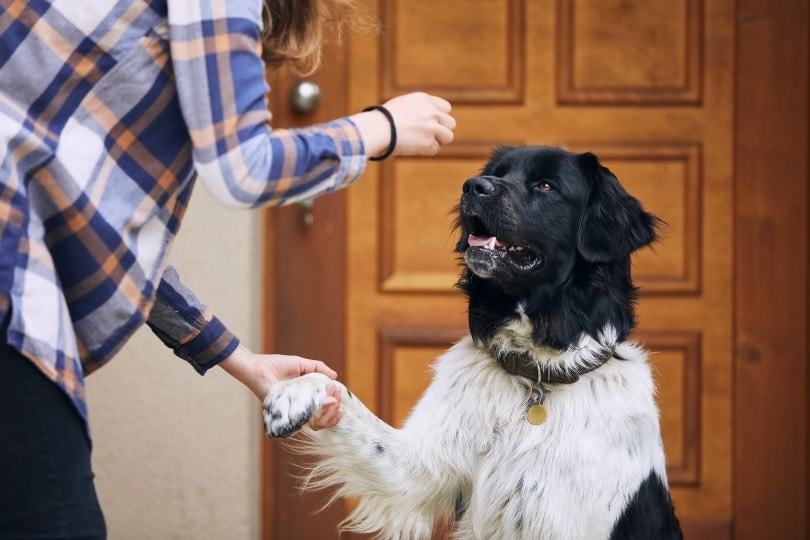
6. Avoid Direct Eye Contact
In the canine world, direct eye contact is often seen as a challenge to a competitor, to establish dominance. Dogs see people in much the same way. Therefore, staring or making prolonged direct eye contact with a dog may be seen as a challenge and an attempt to establish dominance over them. Not the best way to gain trust!
Instead, think like a dog! Consider trying other things—like a play bow (if the pup is younger, and might want to play), or “wagging your butt” (like another dog would) to signal happy body language, or gentle eye contact with a blink, and then looking away. Give the dog space to come to you, and communicate through your body language that you are their friend, not a foe or a competitor.
7. Consider Some Clicker Training
Training can be an excellent way to bond with a dog and gain their trust. Start small, and don’t expect to overwhelm them with lots of fancy training. Keep it simple in the early stages. And read their cues! If they don’t like having their feet touched, it’s probably better not to start with a trick like “shake”.
Clicker training is a great form a dog training that has gained lots of momentum in recent years. It uses a click sound from a handheld clicker to reward a dog, rather than using food. With clicker training, everything from simple to complex tricks and behaviors can be taught. For dogs that aren’t as food-motivated, this can be an especially great way to bond, and earn their trust.
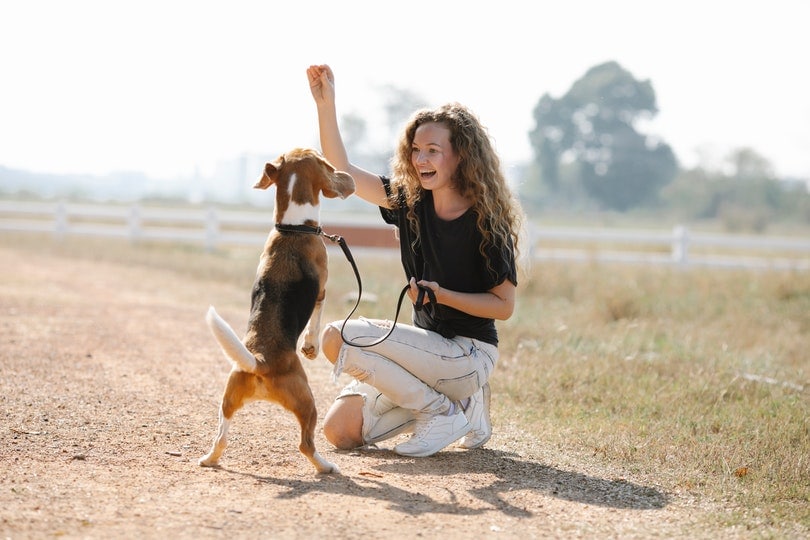
 Conclusion
Conclusion
While gaining a dog’s trust can sometimes be challenging, it can also be one of the most rewarding experiences you will have. There is nothing like going from timid to trusted companions, especially when it comes to a dog. As dogs are one of the most loyal creatures out there, once you’ve earned their trust, it will pay dividends.
Featured Image Credit: Jarmoluk, Pixabay

 The 7 Tips to Get a Dog to Trust You
The 7 Tips to Get a Dog to Trust You